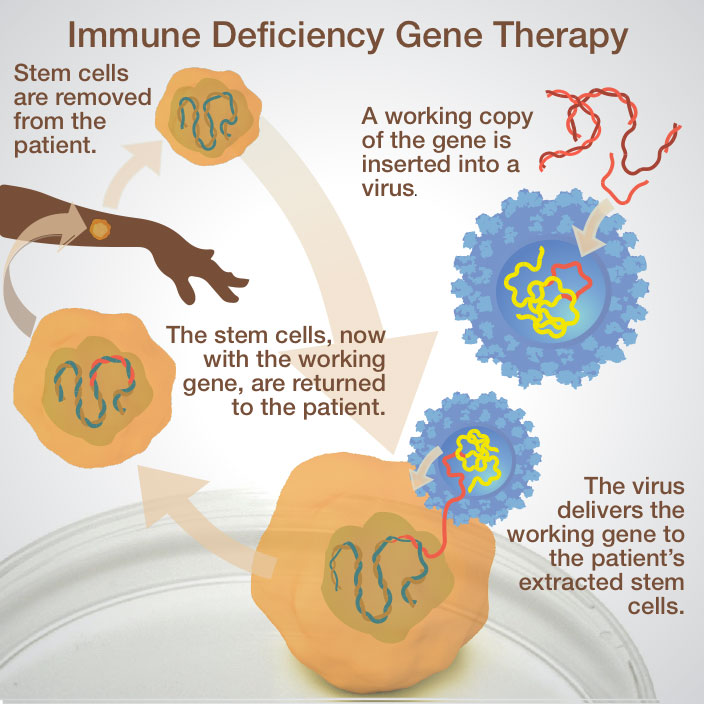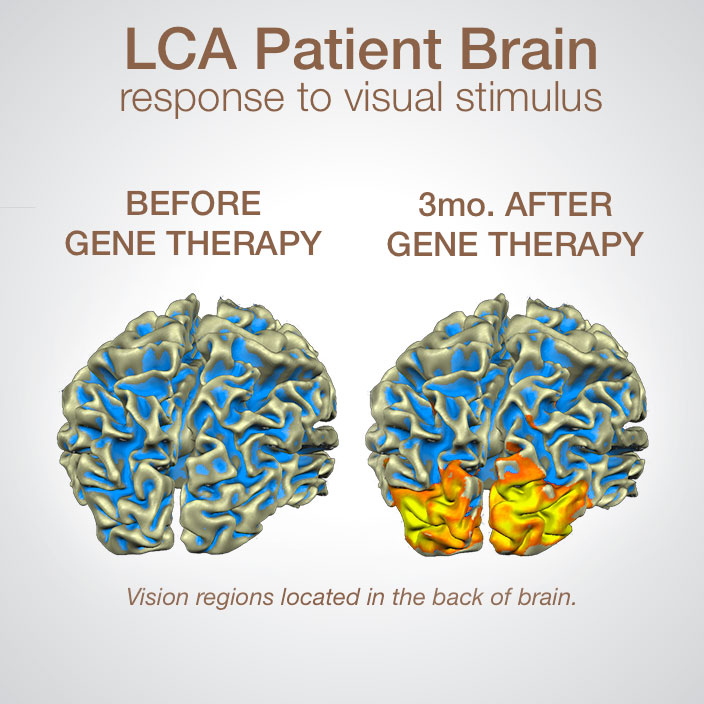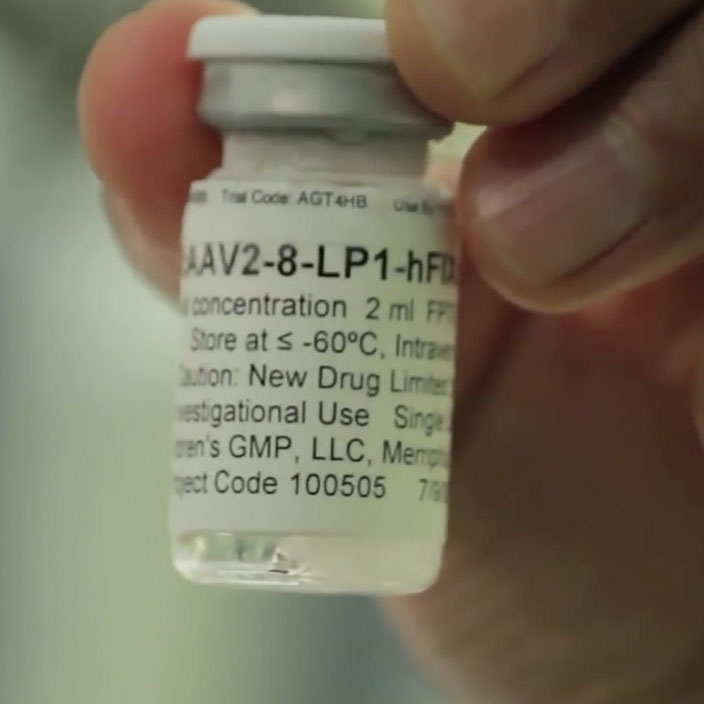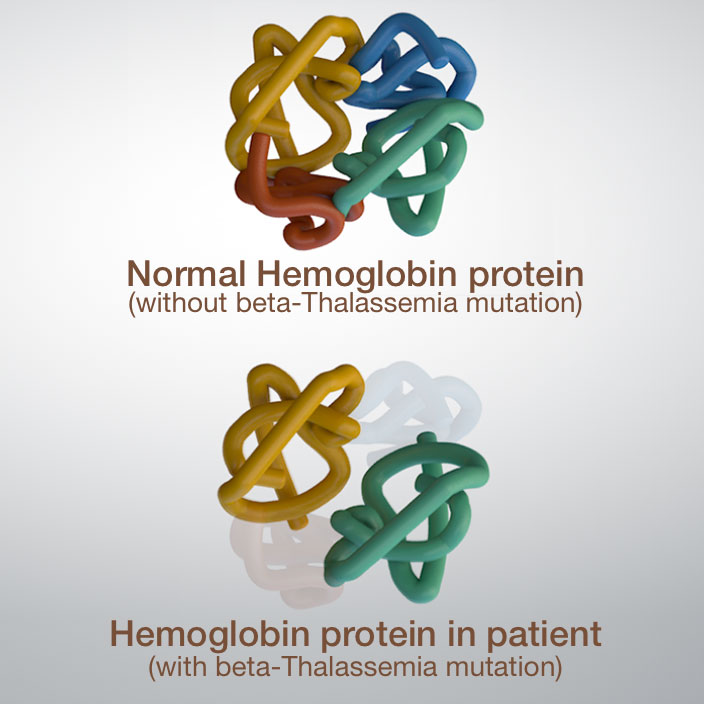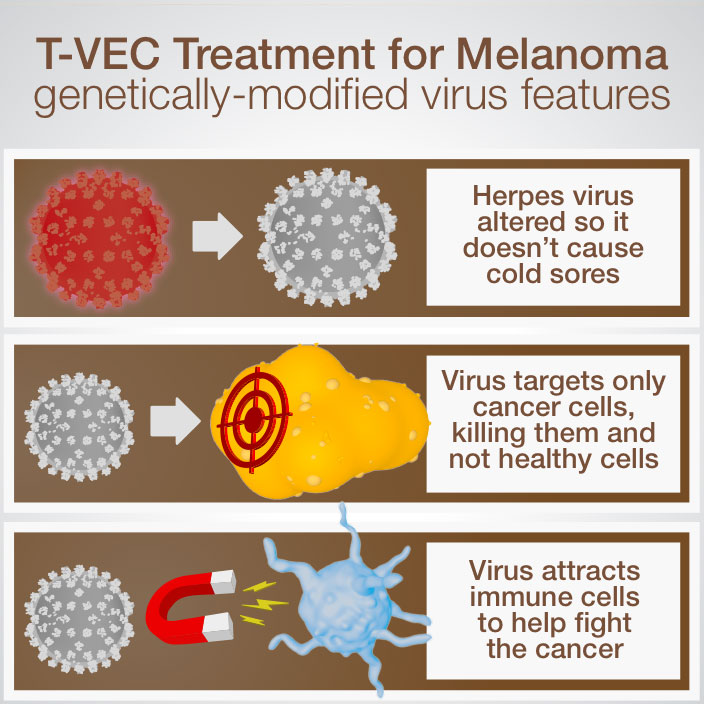Researchers have been working for decades to bring gene therapy to the clinic, yet very few patients have received any effective gene-therapy treatments. But that doesn't mean gene therapy is an impossible dream. Even though gene therapy has been slow to reach patients, its future is very encouraging. Decades of research have taught us a lot about designing safe and effective vectors, targeting different types of cells, and managing and minimizing immune responses in patients. We've also learned a lot about the disease genes themselves. Today, many clinical trials are underway, where researchers are carefully testing treatments to ensure that any gene therapy brought into the clinic is both safe and effective.
Below are some gene therapy success stories. Successes represent a variety of approaches—different vectors, different target cell populations, and both in vivo and ex vivo approaches—to treating a variety of disorders.

Sebastian Misztal was a patient in a hemophilia gene therapy trial in 2011. Following the treatment, Misztal no longer had spontaneous bleeding episodes.
Credit: UCLH/UCL NIHR Biomedical Research Centre
